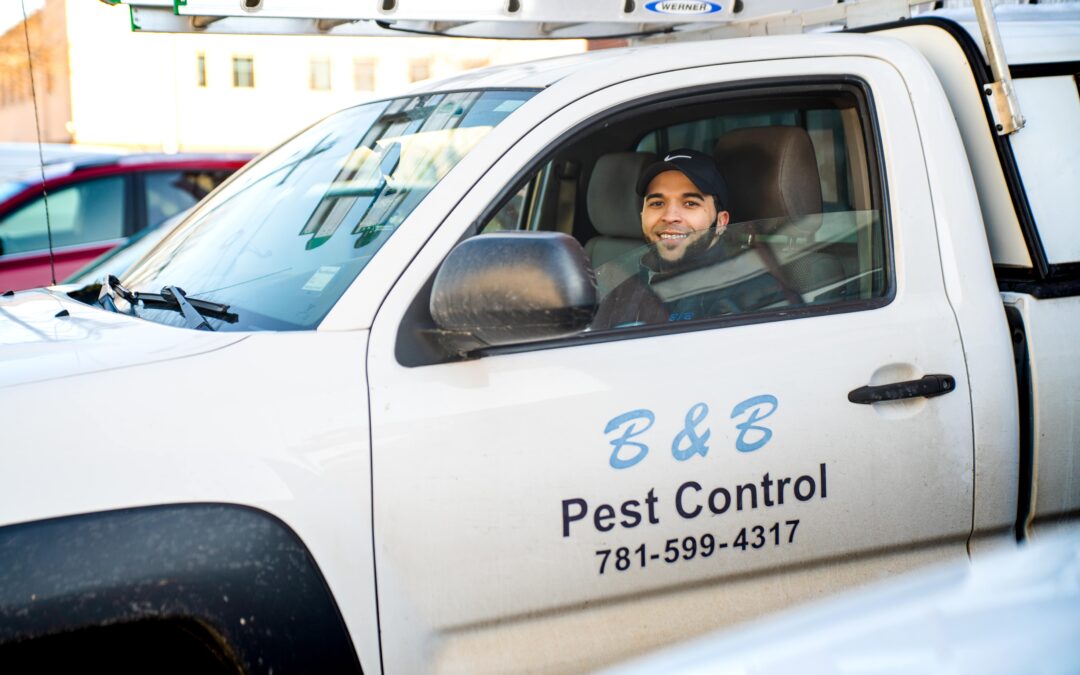We are all familiar with the ever annoying house fly, but there is another house fly, commonly referred to as the “little house fly,” that can also be a major insect pest for homeowners. The little house fly (Fannia canicularis) has become an increasingly annoying and common fly pest in Massachusetts, particularly on many poultry farms. They are likely native to North America, but are also common fly pests in other countries. Like most other fly species, the little house fly breeds and leaves its eggs to hatch into larvae on decaying organic matter such as animal feces, compost piles, and other garbage. This, as with other flies, makes them a health concern to nearby humans.
The adult little house fly looks similar to the regular house fly, except only about half the size and sporting much thinner abdomens. Females are grey, while males have distinctive dark yellow patches on the sides of their abdomen. The pattern of the veins in their wings is also distinctive, with the middle vein running almost straight down to the tip. The eggs and larvae, however, look very different from the adults. The eggs are covered in veins and fairly flat, and the float-like flanges along the sides help the eggs to float when in very wet matter, such as the excrement they are laid on. The larvae look like small worms that turn from white to brown as they develop, and their bodies are covered in spiny projections along the tops and sides.
The adult male little house flies have a tendency to hover aimlessly for long periods of time in shady areas. These areas include open garages, patios, shaded garden areas, or breezeways, making them a bit of a nuisance in these areas for humans trying to relax. While the larvae feed on the decaying organic matter in which they have been placed, the adults prefer sugary foods, and the accumulation of honeydew on plants near one’s home can attract them.
The key to eliminating and controlling these pests is to first get rid of any possible breeding sites. This can be the accumulation of pet or livestock feces around the outside of homes, any kind of decaying organic matter such as piled or decomposing lawns clippings or filthy garbage receptacles. Poultry farms in Massachusetts have been having a particularly hard time with these pests lately, which can cause a major nuisance for those living there as well as neighbors. You want to keep them out of your home by keeping doors or windows closed and properly screened. UV light traps can be used to capture adults that have found their way indoors, while fly bait strips or granules can be used outside to eliminate adults. If you have adult males hovering in shaded areas around your home, you can discourage their presence by using a fan or other device to increase the air movement in the area.
Have you ever seen little house flies flying around the outside of your home?

